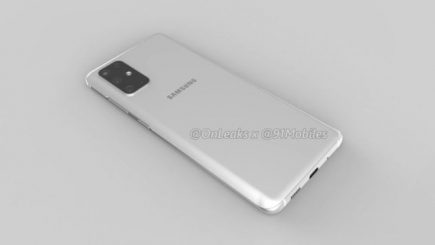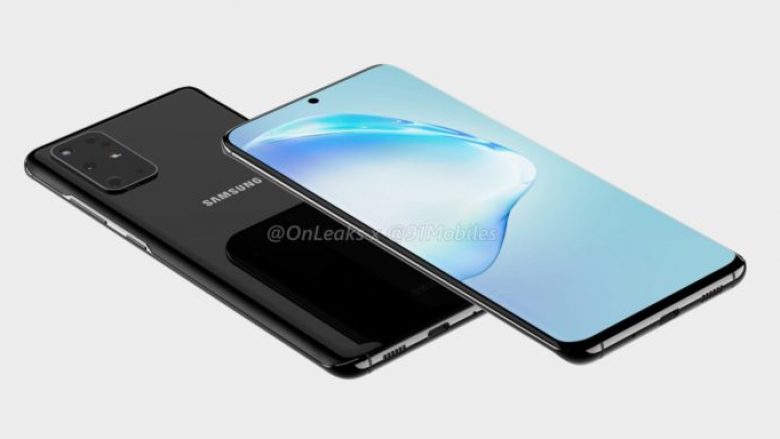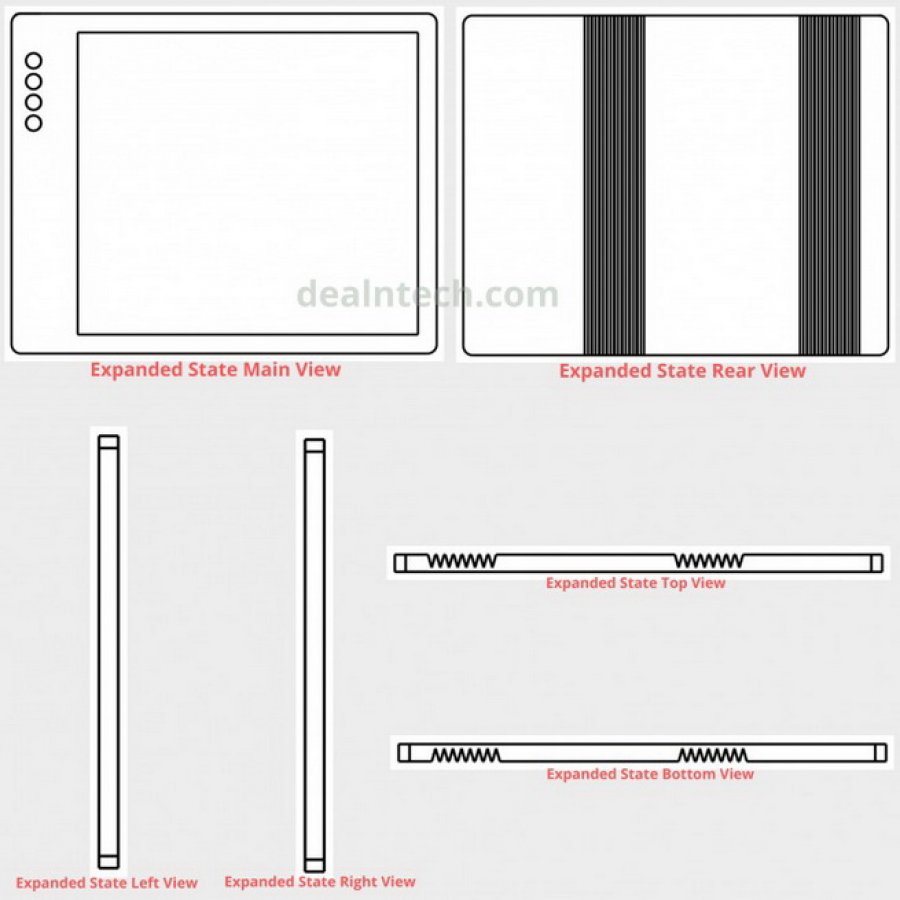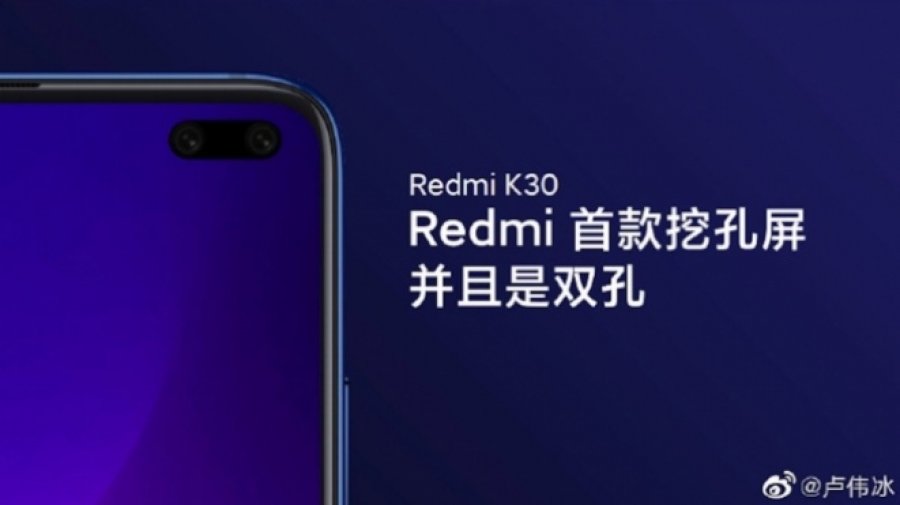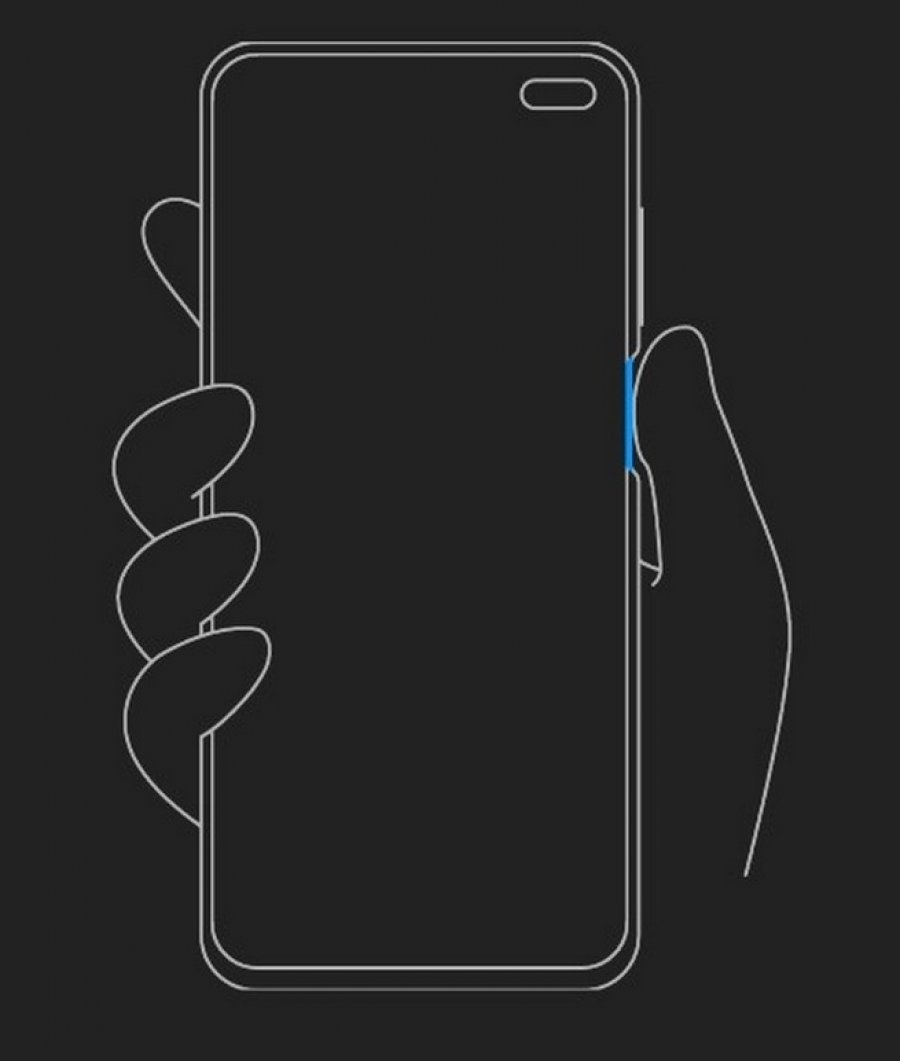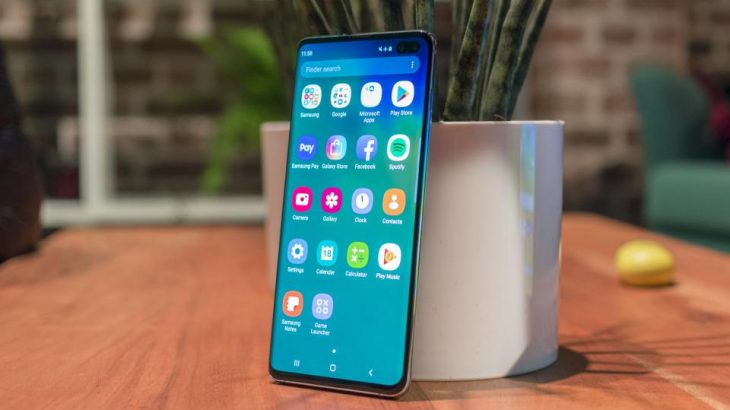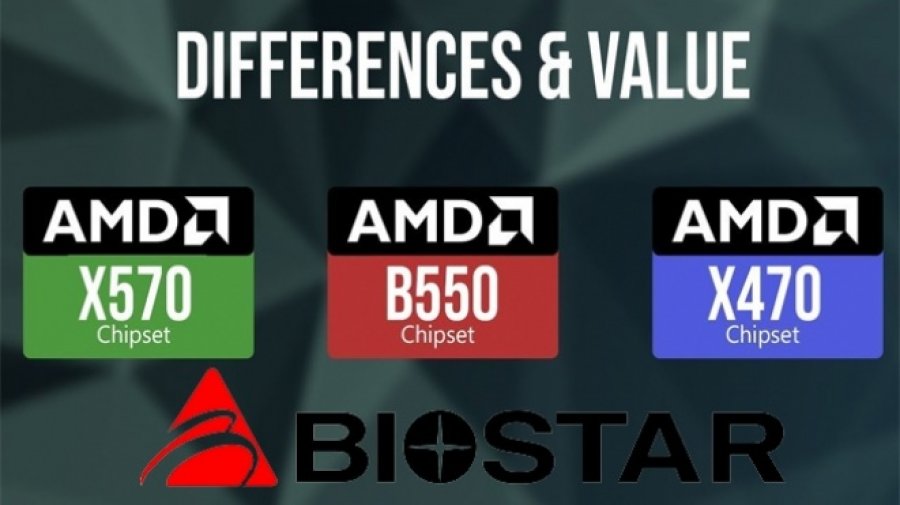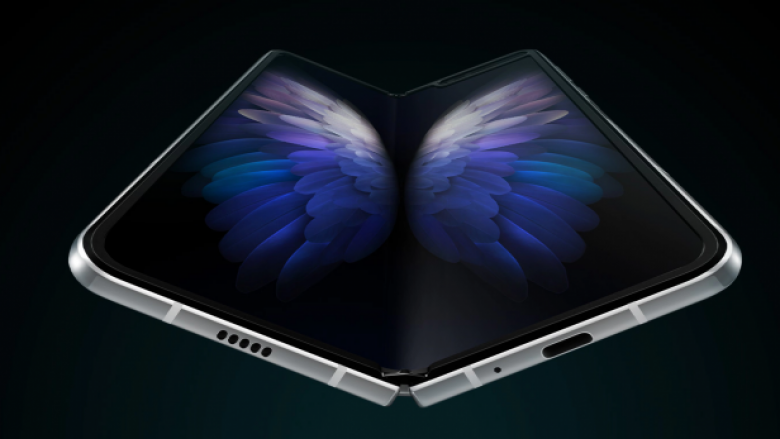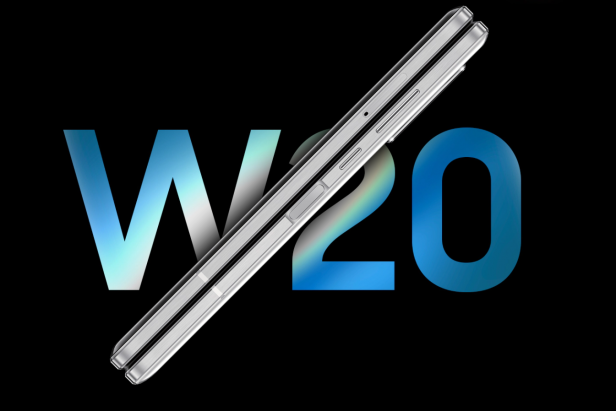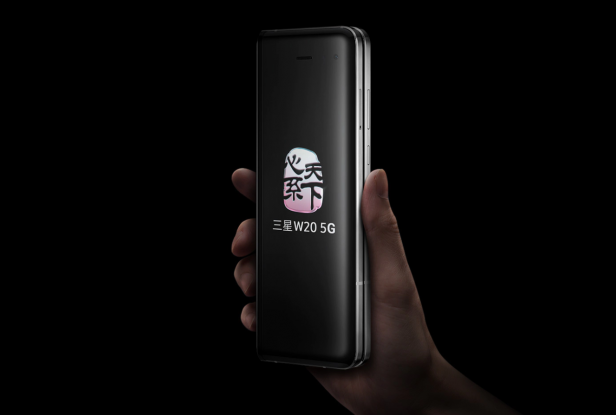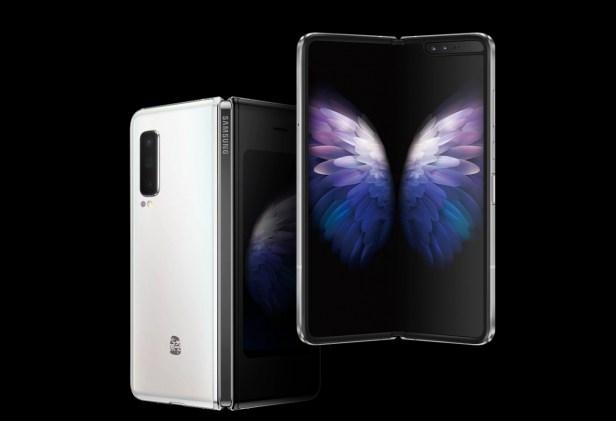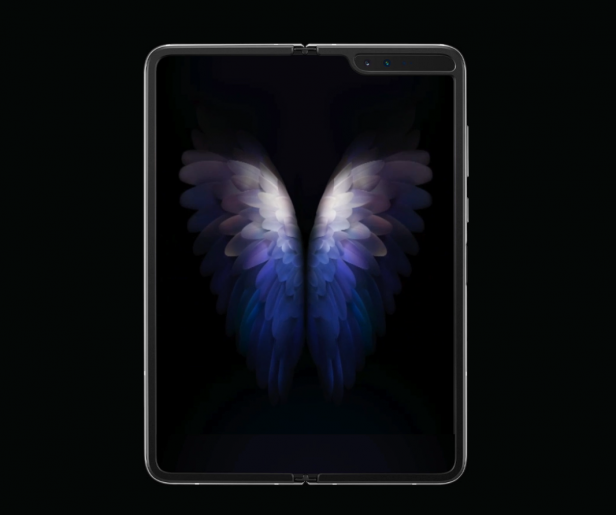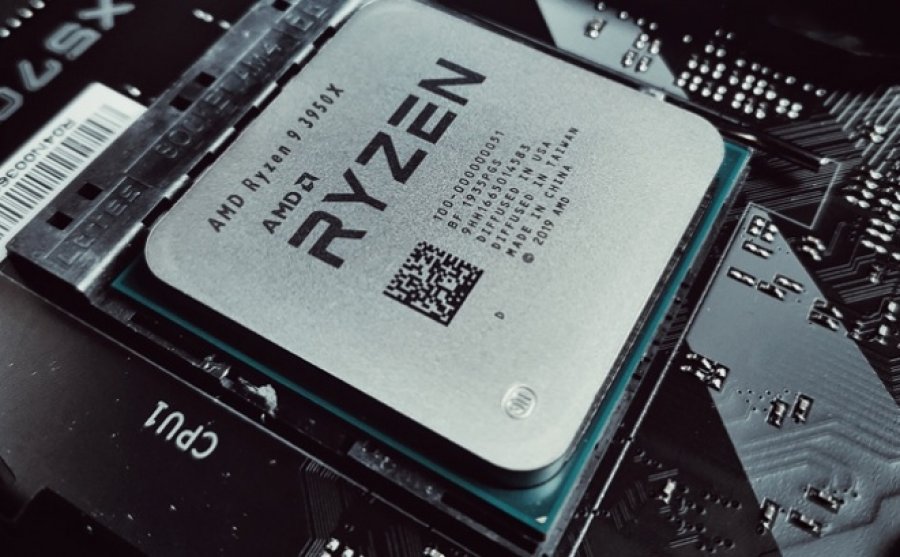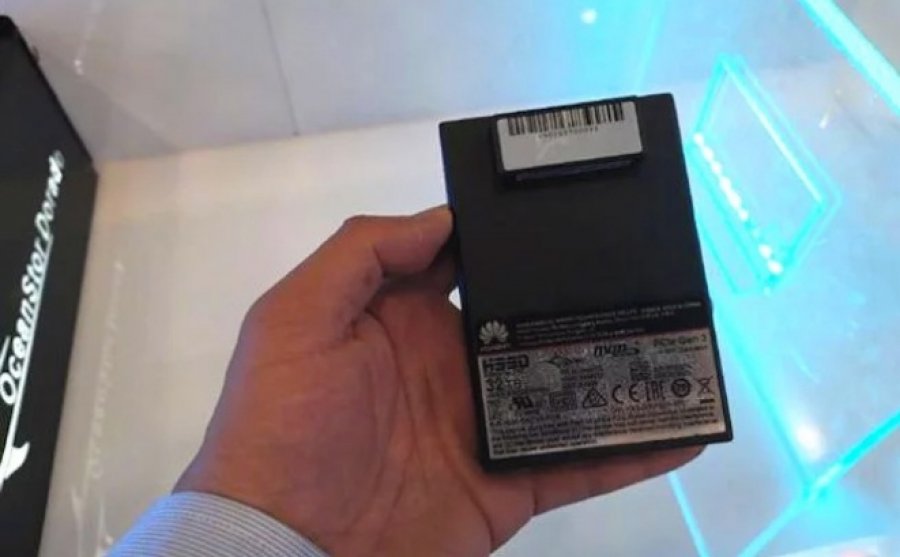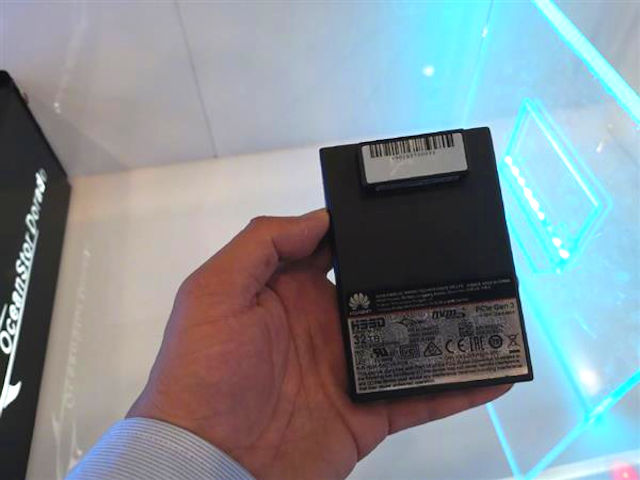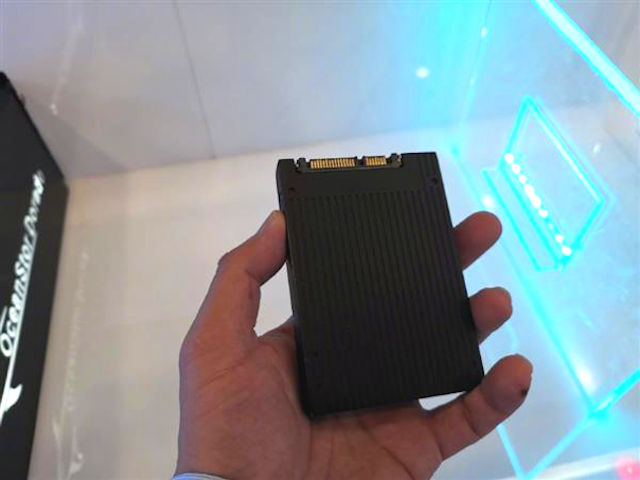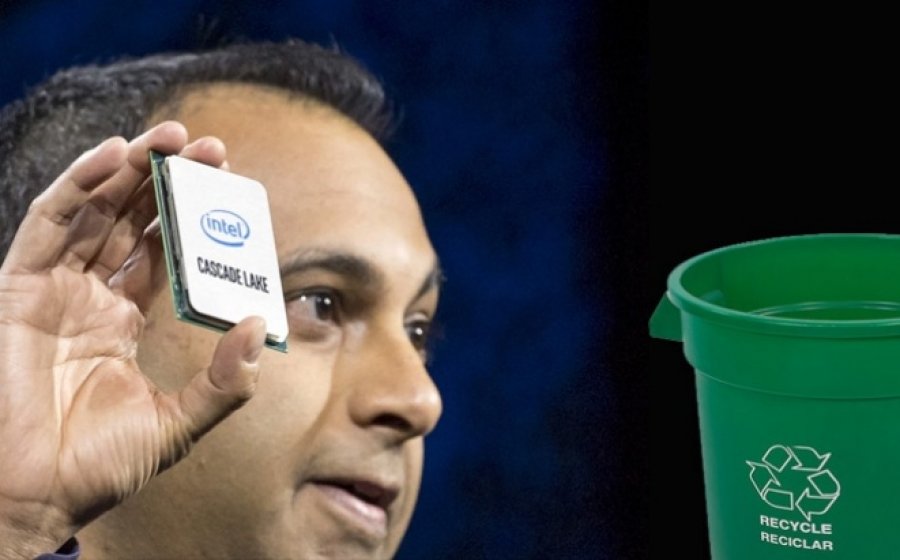The concepts tell us how the device might look like, but they also reveal that some features may eventually disappear. It still takes a few months for the official launch of the Samsung Galaxy S11.
There have been numerous rumors about the device’s camera, screen, and even battery capability information in the 5G variant. However, for the first time, concepts have now been revealed about how the device might look like, thanks to some designs published by OnLeaks, over at 91Mobiles.
We see the camera moved away from the center of the device and tucked away, just like in the Google Pixel 4 or iPhone 11. It looks like the headphone port will be removed.
This device may have sized 161.9 x 73.7 x 7.8 mm with a thick body of 8.9 mm. Inside we have to find an Exynos 990 processor or a Snapdragon 865, but we’ll have to wait for confirmation.
> Read Next: Xiaomi patents the 4-camera foldable phone
So what do you think about this? Let us know your thoughts in the comments section below, follow us on twitter and facebook for more news and updates.

